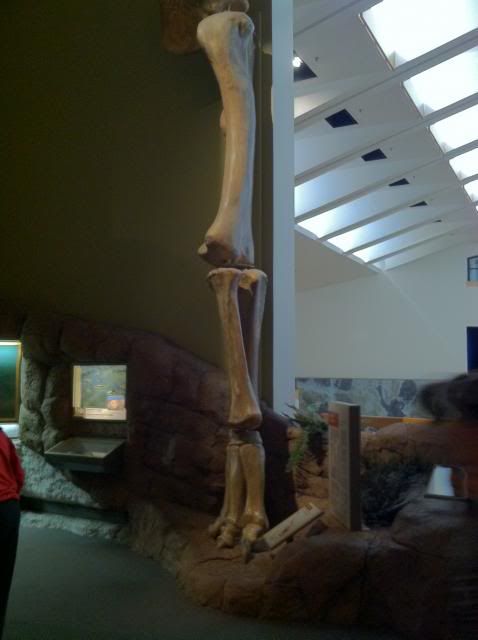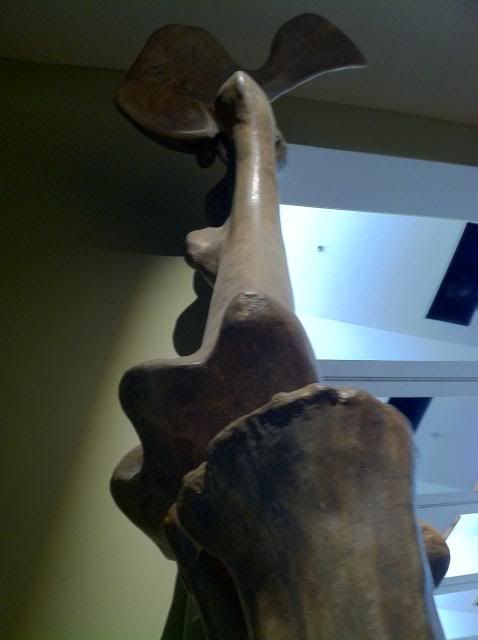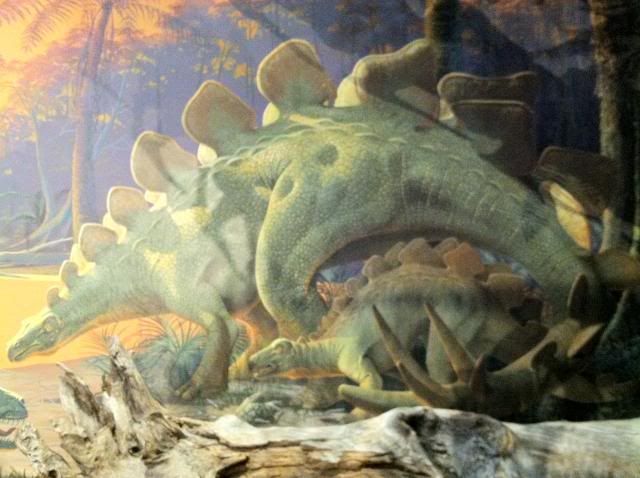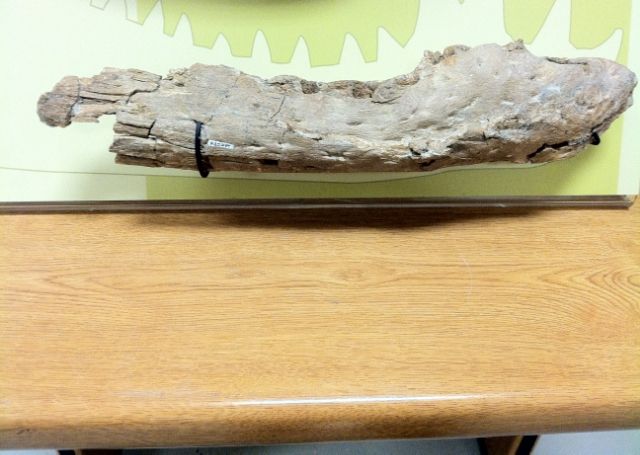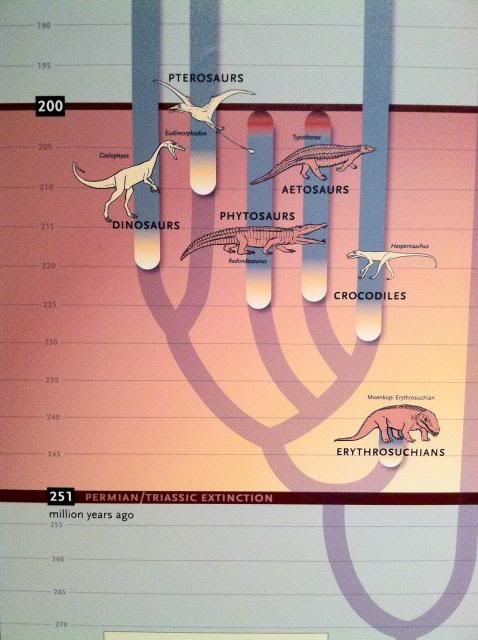I’ve been meaning to write this for quite some time now but I never got around to it. I wanted to continue my politics series, but atm Austrian politics really sucks and I’d rather not talk about it.
In my last post on education, I briefly brushed on one astounding fact: Education is hereditary. I stated that “between 60-80% of learning achievement can be predicted by looking at the background of children”.
I won’t delve into why that is too much, but I want to explain how that creates problems for teachers.
I am currently teaching at a school in Vienna. It’s not a bad school at all, in fact I’m quite happy about the school’s infrastructure, the colleagues there, the children and of course the parents. All in all, I’m satisfied.
Could things be better? Of course they could. Our computers and printers are slow and old, our projectors hardly work at all and we’ve barely got enough space to work on. (About the size of an average computer screen, 1.5 if you’re lucky.)
Compared to Nordic countries, that’s nothing! In Sweden, I had my own desk and two cupboards. That’s about as much as our head mistress gets!
All that aside, there’s a much deeper problem with our education, one that can’t easily be fixed.
Let’s back up a little. A few decades ago, kids were still beaten. Kids were scared to go to school, but they went anyway. Kids had suffered through a damn lot.
And yet, they got good grades, learned a lot and essentially built what we have today: A (more or less) functional society with (more or less) good morals and a (more or less) slowly closing gender gap, with (more or less) little discrimination against people due to whatever reason… All in all it’s a good society, though of course there are still things we can improve.
However, kids were more polite, though that is of course not due to any innate quality of generations past, but rather because they feared the rod. In any case, teachers in those days had it much easier but used inadequate methods to teach.
Nowadays, we have the exact opposite. Teachers have the benefit of smartboards, neuroscience, excellent teacher training, readily available teaching materials and so on and so forth.
And yet, teaching is more difficult than ever. You have to make your subject not only more interesting than the other subjects, but you actually have to compete with video games, movies, taking drugs, drinking and even sex. Try doing that, making your subject more interesting than sex: Good fucking luck.
If that were the only problem, we’d be in trouble, but we would be able to fix it: Appeal to the parents, make them work a bit.
Here’s the real problem: Many parents, at least in Austria, think they know better than the teachers. I’ll give you an example. Last week, we talked about “animals” in class: Basic vocabulary, talking about them, etc. Possibly the easiest animal for a German kid to remember is “rat”. So I was surprised to see that a boy had written “ret”. While my colleague was teaching, I went up to him and asked him about that. Here’s the short discussion that ensued:
Kid: “My mom told me you spell it like that.”
Me: “Well that’s a problem then because that’s not the way it’s spelled. I studied English for a reason, did your mom? Look, here’s the book spelling it “rat”, here’s the dictionary, here’s…”
Kid: “I don’t care. My mom told me you guys suck anyway, so I don’t have to listen to you.”
Now this might be an isolated incident, but it’s still representative of the mentality many parents hold: Teachers are lazy, get paid too much and they know absolutely nothing. Here’s another example. We’re currently re-structuring the curricula at my teachers university college (PH Wien) and I volunteered to help. Needless to say we have no power to do anything at all, but we still meet regularly. During the first meeting, one of the participants (parents association representative) asked, and I paraphrase his long question: “How come, after all this training, there are still bad teachers?”
Now this, of course, betrays a wild ignorance of Gaussian distribution: Some people are very good, a lot are medium and some are very bad. Teachers training doesn’t get rid of the bottom percent, it just moves the whole curve a bit to the right, aka. towards the “better” part of the curve. However, there is a deeper message: Teachers need to be controlled, they need to be supervised, they need to be watched over.
On the whole, of course, I agree: Teachers should do their absolute best, just as doctors and firefighters and … should do their absolute best. No questions asked. However, that’s not possible without public support (aka money) and public support (aka supporting parents and society).
The third problem, and I’ll be sure to confuse you with this sentence, is migration.
“Wahhh, right wing scum.”
No, don’t get me wrong. The problem isn’t with migrants, it’s with how we accept migrants. This may be different in other countries, but migrants in generally aren’t welcomed in Austria: There’s a strong anti-immigration strain-of-thought, especially in large cities. If the only thing you tell migrants is that they’re lazy and that their language isn’t worth a damn, then we’ll have a society of people who think just that. If we tell people that only our language is important, then not only will migrant children lose their identity, but we’ll lose the ability (or willingness) to adapt to new cultures.
This may have something to do with our history: We’ve had a long-standing feud with the Ottoman Empire (aka the Turks) and we’ve been invaded more often than possibly any country on earth. (This may or may not be a slight exaggeration) We were once a mighty empire with loads of cultures where we didn’t have to fear diversity, now we’re a tiny country with no say in any matter. However, fear of diversity will kill this small country: Only through increased diversity and increased acceptance of it will we be able to hold our place.
Finally, it is exactly the wrong approach to tell children that their language isn’t worth anything: We must encourage them to learn their mother tongue, if only because mastery of one language will make mastery of a second language more probable. The earlier, the better; the more, the better. In short: If, as a foreigner, you want your kid to learn English, teach it your mother tongue first.
Jumping back to the beginning, I think I’ve identified a few problems with schools as they’re currently run:
1) School needs to be exciting, but schools nowadays are boring.
2) Society neither trusts teachers, nor are they seen as authority figures. Where respect and mutual aid used to be the norm, distrust and low-profile conflict are now much more common. Parents tell their kids not to trust their teachers because “those who can, do. Those who can’t, teach”. Parents think they’re experts in education, simply because they have a kid and have read a few books on the subject.
3) Education isn’t as “interesting” a political topic any more. Screw what they said in “House of Cards”: Education isn’t anything that will capture votes. Or maybe it will, but after that we won’t do anything useful. I’ll have an entire post about that soon. *
4) Cultural identity and the benefits from it aren’t recognised as worth protecting, instead we want people to assimilate in a way that’s comfortable for us. Never mind what’s best for the kid, let’s think about what’s best for me.
These are just a few of the problems teachers in Austria (and probably also in other countries) face. I’m not saying that teachers are saints, of course not. Neither am I saying that they’re purely victims. I’m saying that we should be realistic about the challenges of teaching, that parents should support a child’s learning and that schools can’t work miracles. When in doubt, talk to your child’s teacher once in a while and formulate a plan how you can best support your child.
*There are many things I could talk about, but I think this will be the most interesting. I’ll be talking about current problems in schools (due to the system), current scientific investigations into the topics including possible solutions, and I’ll talk about how the state is trying to fix it: By doing the opposite of what experts are telling them, I might add.
If you have any questions regarding schools, school reforms, teaching practices, etc. I’ll be happy to answer.

